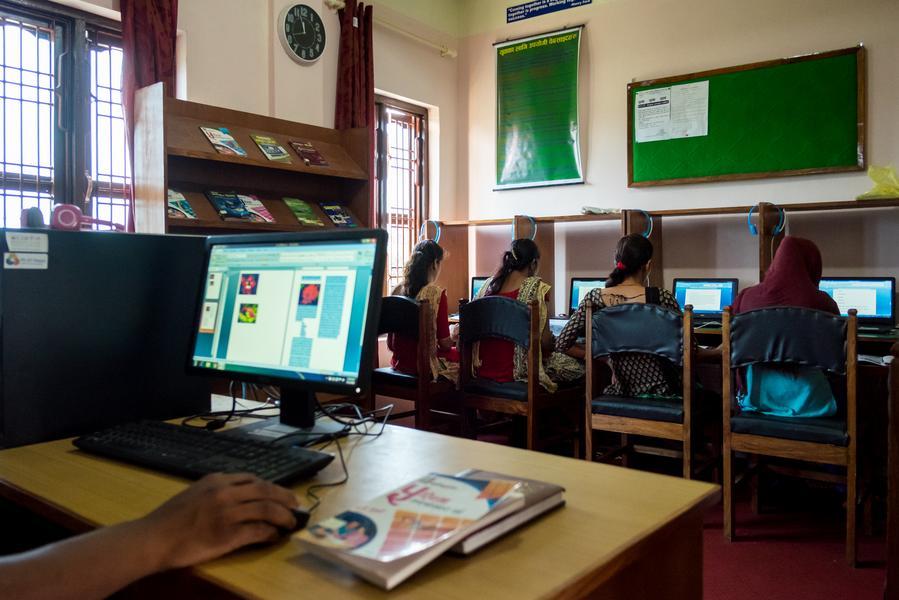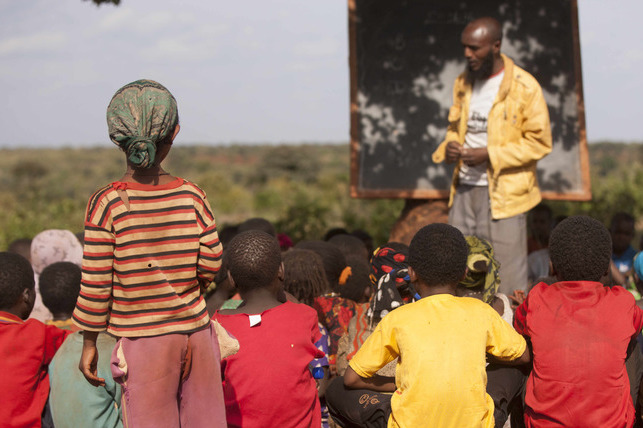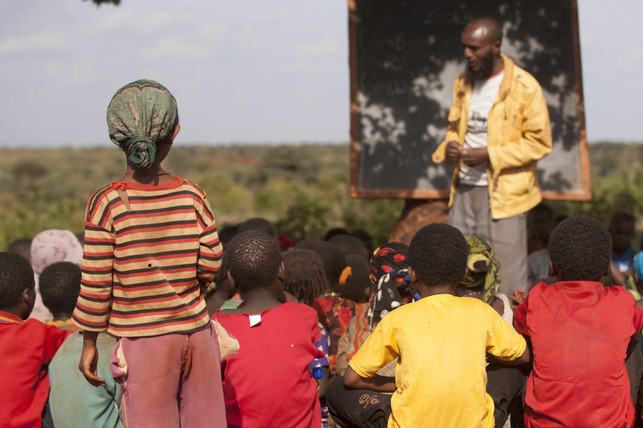Country Context:
Haiti is one of the poorest countries in the Western Hemisphere and is faced with several challenges: widespread poverty, socio-economic disparities, governance issues, and a weakened education system. Despite valuing education highly, approximately 23 percent of primary school-aged children were estimated to be out of school, amounting to 200,000-380,000 children nationwide. Dropout rates were exceptionally high in first and sixth grades, mainly due to challenges in access, retention, and overall poor education quality.
Solution
The initiative aimed to enhance access to equitable, quality primary education for both genders in Haiti, focusing on enrolling and ensuring the completion of primary education for at least 50,000 OOSC. It targeted three sub-groups: children in domestic servitude, those in rural farm families unable to afford school, and those living on the streets or in semi-street conditions. Overall, the project worked towards establishing, expanding, or reinforcing primary school options for OOSC, facilitating their identification, enrollment, and retention.
Impact
The "Partners for Learning" project by CARE in Haiti, operational from 2013 to 2018, exhibited satisfactory performance. It successfully achieved objectives related to enrollment, advocacy, securing spaces in public schools for OOSC, and distribution of materials. However, challenges such as political instability, civil unrest, natural disasters, and difficulties in coordination with local leaders hindered implementation, resulting in underperformance in areas like retention, teacher and administrator training, support for Municipal Education Boards/Commissions, and awareness campaigns.












